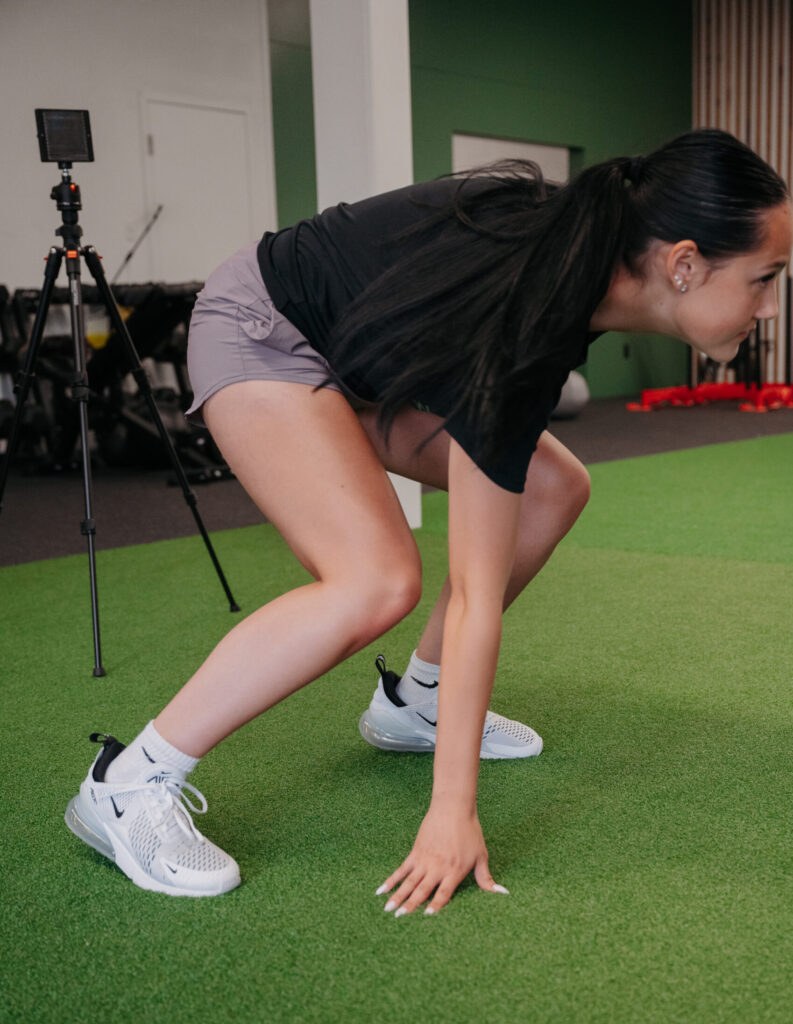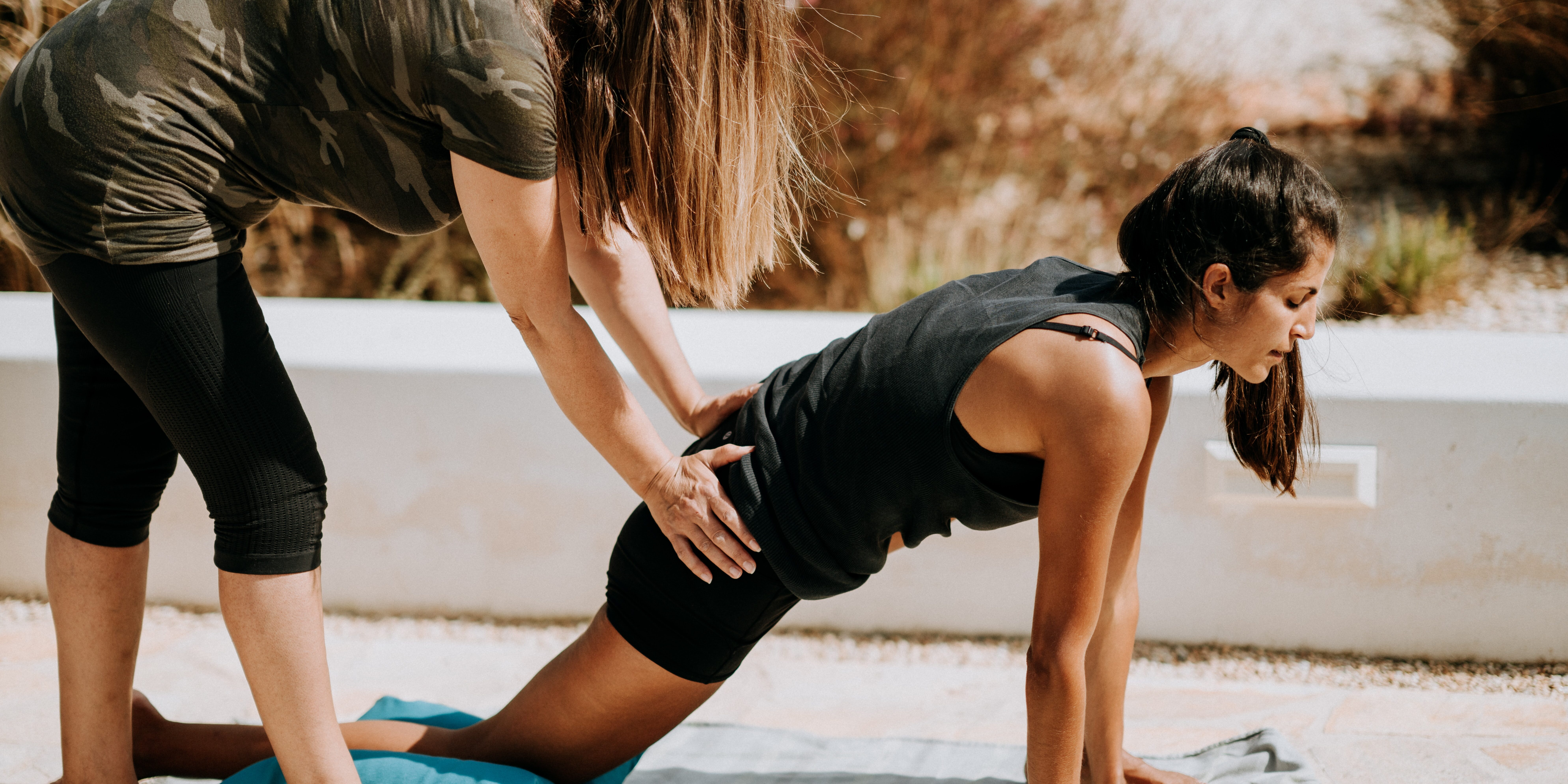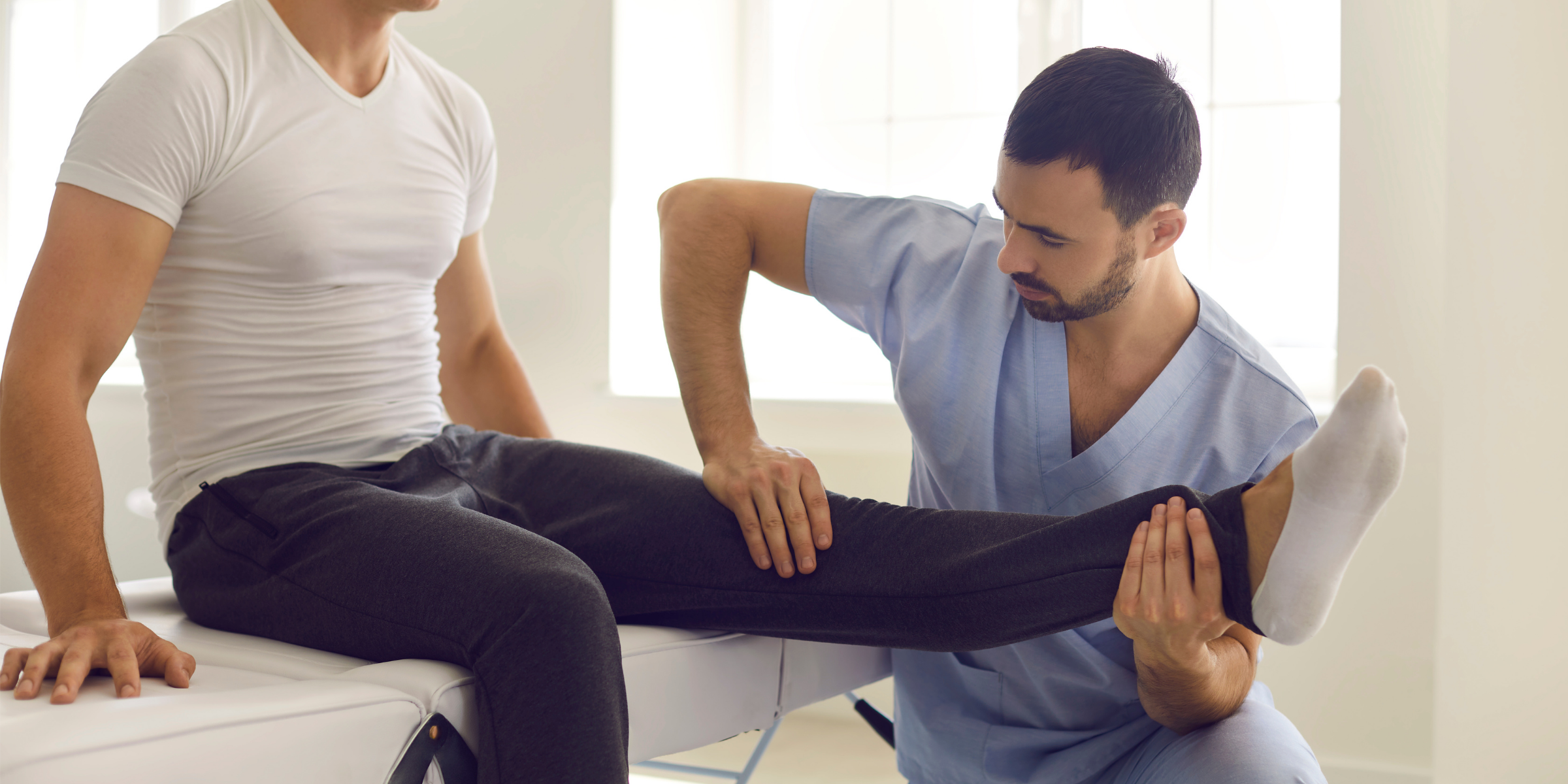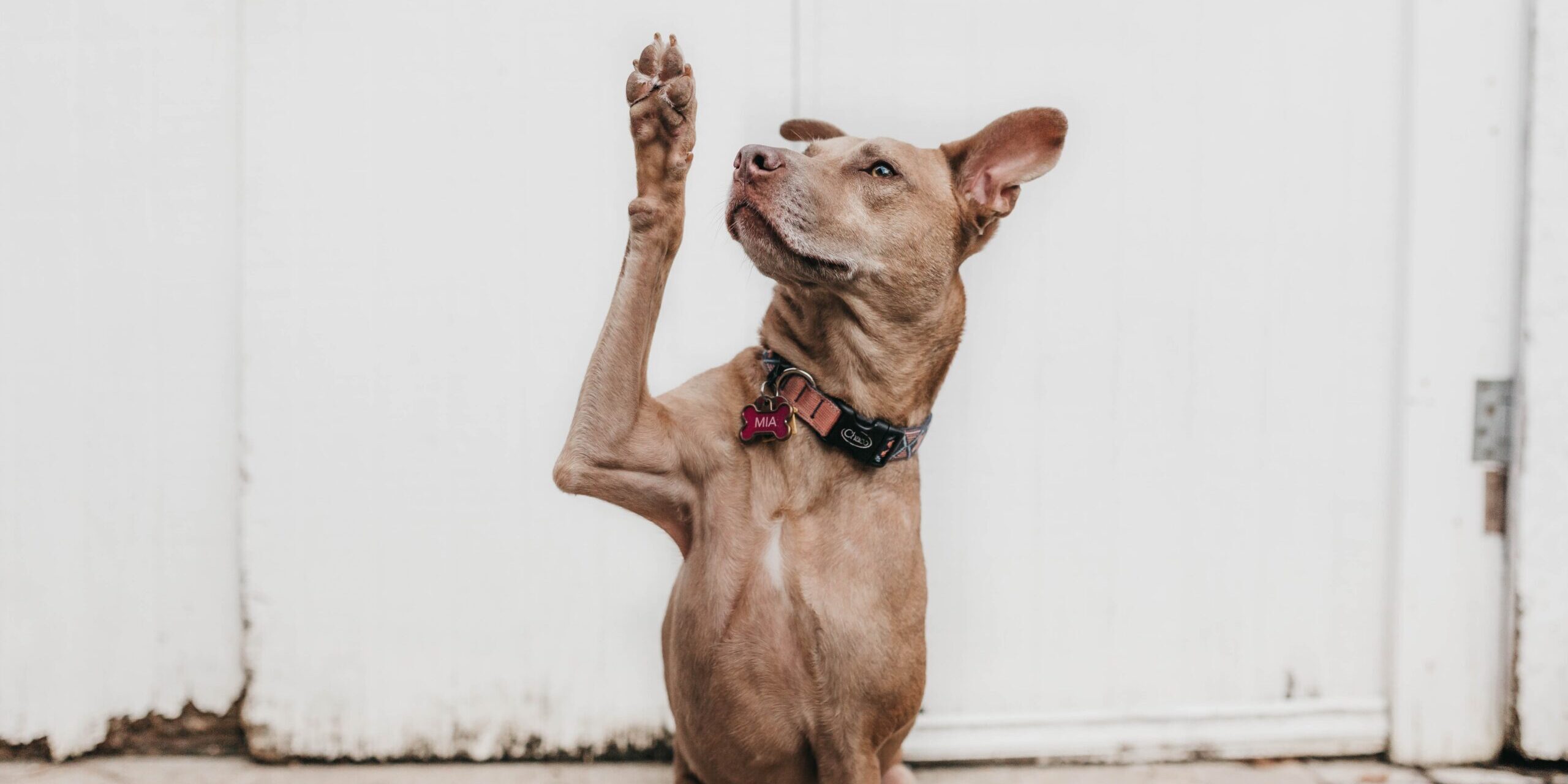As a parent of a female youth athlete, watching your child thrive in sports is exciting and rewarding. However, with the benefits of physical activity comes the risk of sports-related injuries. Understanding how to prevent these injuries can help your athlete stay healthy, confident, and active throughout the season.
1. Prioritize Proper Warm-Ups and Cool-Downs
A dynamic warm-up prepares the body for intense physical activity by increasing blood flow, activating key muscle groups, and enhancing joint mobility. Encourage your child to perform dynamic stretches, such as leg swings, lunges with twists, and high knees before practices and games.
Equally important is cooling down after exercise. Gentle stretching helps relax muscles, improve flexibility, and reduce the risk of post-activity soreness or stiffness.
As a youth athlete, I know that the motivation to participate in warm-up and cool-downs is difficult. Especially when you’re young, you don’t realize the negative impact it will have on your body over time. As a parent, coach or mentor, it is our job to ensure youth athletes know the benefits of doing both, and also have a great routine to complete both.
2. Focus on Strength and Conditioning
Building strength, especially in the core, hips, and legs, plays a significant role in injury prevention. Female athletes are more susceptible to specific injuries, like ACL tears, due to anatomical and hormonal differences. Strength training helps stabilize joints, improve balance, and enhance overall athletic performance.
Not only with strength and conditioning reduce injuries, strength and conditioning will also help you heal and improve faster, so that you aren’t out of the game as long.
Key components to include:
- 7 Fundamental movements – squat, lunge, hinge, press, pull, twist and overhead movements
- Agility, balance and coordination to help build the foundation for sport and activities
- Speed games

3. Teach Proper Technique and Mechanics
Proper movement mechanics are crucial in reducing injury risks, especially in sports that involve jumping, cutting, and pivoting. Coaches and trainers should emphasize:
- Correct landing techniques: Soft knees, hips back, and knees aligned over toes
- Safe cutting and pivoting mechanics: Avoiding inward knee collapse
- Sport-specific skills: Throwing, kicking, or hitting with proper form
Encourage your child to communicate with coaches if they feel unsure about a technique. Continuous learning and feedback are key to safe play.
4. Promote Rest and Recovery
Rest and recovery are paramount to ensure your youth athlete does not over do it! It is very easy for athletes to overdo this, given that sport and year-round now and youth often don’t get a break. It is also important to remember the different times of the month for your female athlete (another blog coming soon!) and when to watch out for them to be more susceptible to injuries.
Overuse injuries are common in youth athletes who specialize in one sport year-round without adequate rest. Ensure your child has at least 1-2 days off from organized sports each week and incorporates rest periods during the year.
Signs of overtraining include:
- Persistent fatigue
- Decreased performance
- Mood changes or irritability
- Frequent muscle soreness
Adequate sleep (8-10 hours per night for teens) is also critical for recovery and injury prevention.
5. Encourage Open Communication About Pain and Discomfort
Young athletes may downplay pain to avoid missing games or practices. Teach your child to listen to their body and speak up if they experience discomfort. Early intervention can prevent minor issues from developing into serious injuries.
Key points to discuss:
- Pain vs. Soreness: Understanding the difference between normal post-exercise soreness and injury-related pain
- No “Playing Through Pain”: Reinforce that playing while injured can worsen the problem
- Seeking Professional Help: Consult with healthcare providers, like physiotherapists or athletic trainers, when needed
Final Thoughts
Preventing injuries in youth female athletes involves a holistic approach: combining physical preparation, proper technique, recovery, and open communication. By supporting your child with these strategies, you can help them enjoy sports safely, build resilience, and achieve their athletic goals.
Wildewood Health offers an individualized program to ensure your child is building their foundation in agility, balance, coordination, improving their strength and conditioning and working on speed activities.
Book an intake call and claim your introductory offer – $99 for the initial assessment and 2 free classes ($215 value!).






